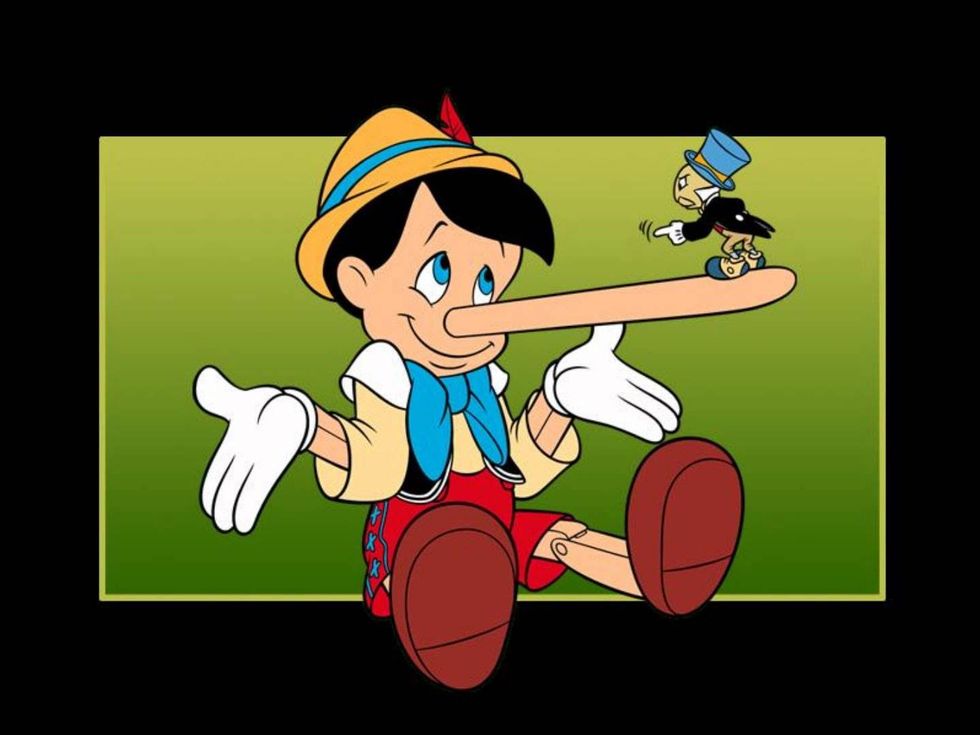In my quest to better understand the science of behavioral analysis I have come across several books where authors claim to be capable of spelling out the behavioral cues that characterize the art of deception. Initially, I was mesmerized by the techniques highlighted in such texts, however, soon after I came to realize that the behavioral signals these authors often emphasized were nothing but ambiguous indicators of nervousness. A seasoned liar is most likely already aware of the suggestive assumptions that imply that those attempting to deceive appear to be uncomfortable, frequently shift their gaze and twitch in high frequencies. Therefore, experienced deceivers tend to behave in ways that inhibit demonstrations of anxiety and tension, when exposed to pressure. This then indicates that these authors’ efforts to synthesize an accurate guideline for uncovering deception is in reality unavailing, as good liars know what people believe to be signs of lying and they will attempt to mask such signs for as long as consciously possible. One may then ask, if manifestations of nervousness and anxiety are not the right indicators of lying, what exactly is? Well, this is a question that professionals in the Criminal Psychology field have been itching to respond, and lately I, too, have been wondering what the most accurate answer for this question may be.
This particular matter, of establishing whether or not one is lying, is raised to a level of essential importance when it involves the interviewing process of criminal suspects. It is crucial for police officers, and officials carrying out interrogations, to be effectively equipped with the skills needed to identify a liar. However, current models of exposing deception are at times based on faulty methods of behavioral analysis- thus- making it virtually impossible for such professionals to precisely claim that a certain suspect is indeed lying. Studies demonstrate that police officers who have been trained to detect deception, using the interpretation of behavioral manifestations of anxiety and nervousness, proficiently identify lies only fifty-five per cent of the time. With such a mediocre level of accuracy one might as well rely on random chances (which would allow one to be correct 50% of the time under such circumstances).
A vital issue raised by the practice of deception identification through behavioral analysis is the concern that the behaviors of nervous, innocent suspects- during interviews/interrogations- may be perceived, by officers, as indicators of deception. When such a mistaken detection occurs the continuation of the interviewing process may further pressure the suspect into more deteriorating levels of distress, leading them to consequently supply professionals with a coerced confession. In order to prevent such matters from occurring it’s essential that new, more accurate techniques for lie detection are developed and employed.
When speaking of lie detection mechanisms you may start thinking about the use and the validity of the results provided by computerized polygraphs, or lie detectors, modernized in the late 80s and early 90s. Polygraphs seemingly represent the ideal solution to the defective process of lie detection, yet, the data collected by these devices simply highlight the physiological components that characterize anxiety and nervousness – including: heightened heart rate, shortened breathing intervals and increased blood pressure. This can pose a problem when the machine is used on innocent suspects who are just simply terrified at the time of the interview. When an innocent individual is exposed to a setting where they are plugged up to a lie detecting device, and frequently monitored by police officials it is not unlikely for them to begin showing the physiological signs that the machine, and experts, may interpret as lying behavior. This then makes it difficult for me to fully believe that this sort of technology supplies us the level of accuracy currently needed to amend modern techniques of uncovering lies.
A particularly interesting approach to ameliorating our understanding of lie detection has been the application of linguistic analysis of responses provided by suspects during an interview/interrogation. I find this to be perhaps one of the most promising mechanisms employed to identify deception. The linguistic examination of one’s speech patterns have been shown to highlight specific indicators of deceptive behavior. It appears to be the case that while lying, individuals tend to focus on the expression of negative emotions through the usage of diction that reflects anxiety. Liars have also been shown to use fewer terms that express exclusion, such as but and without. Their lexical constructs, while lying, also are reported to demonstrate less diversity and inadequate intervals. Although a promising approach, the use of linguistic analyses is not error free, thus prompting critics to assert that it may not be the most effective technique to detect deception. However, personally, I have high hopes for the advances that this area of study may bring us in the near future.
Unfortunately, we have yet to develop a method of lie detection that possesses a splendidly high level of accuracy. Therefore, it is essentially improbable for one to proficiently recognize lying behaviors. So, the next time you find yourself thinking that you are pretty good at spotting a liar, you should probably remind yourself that you’re just as correct as the chances allow you to be.

















